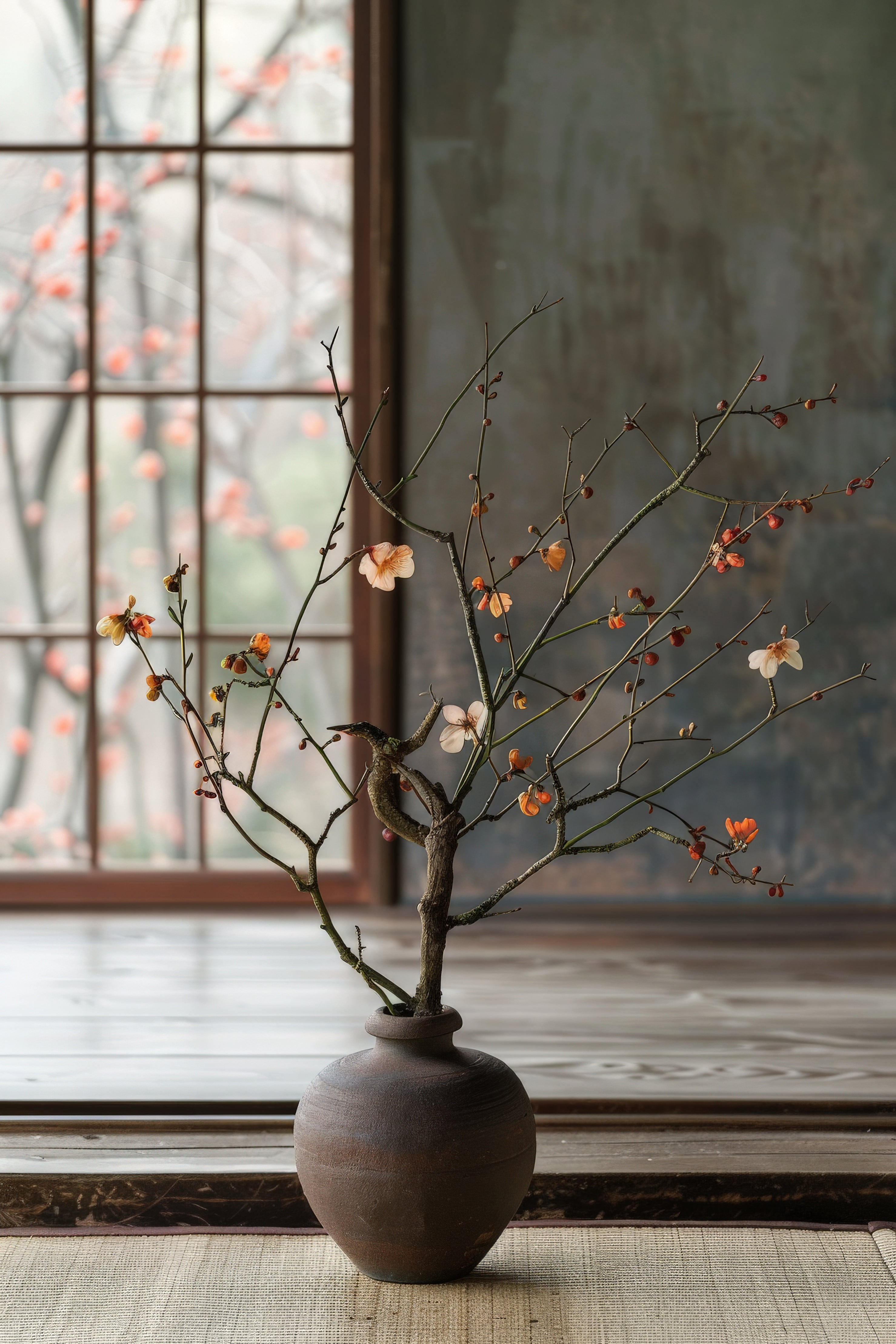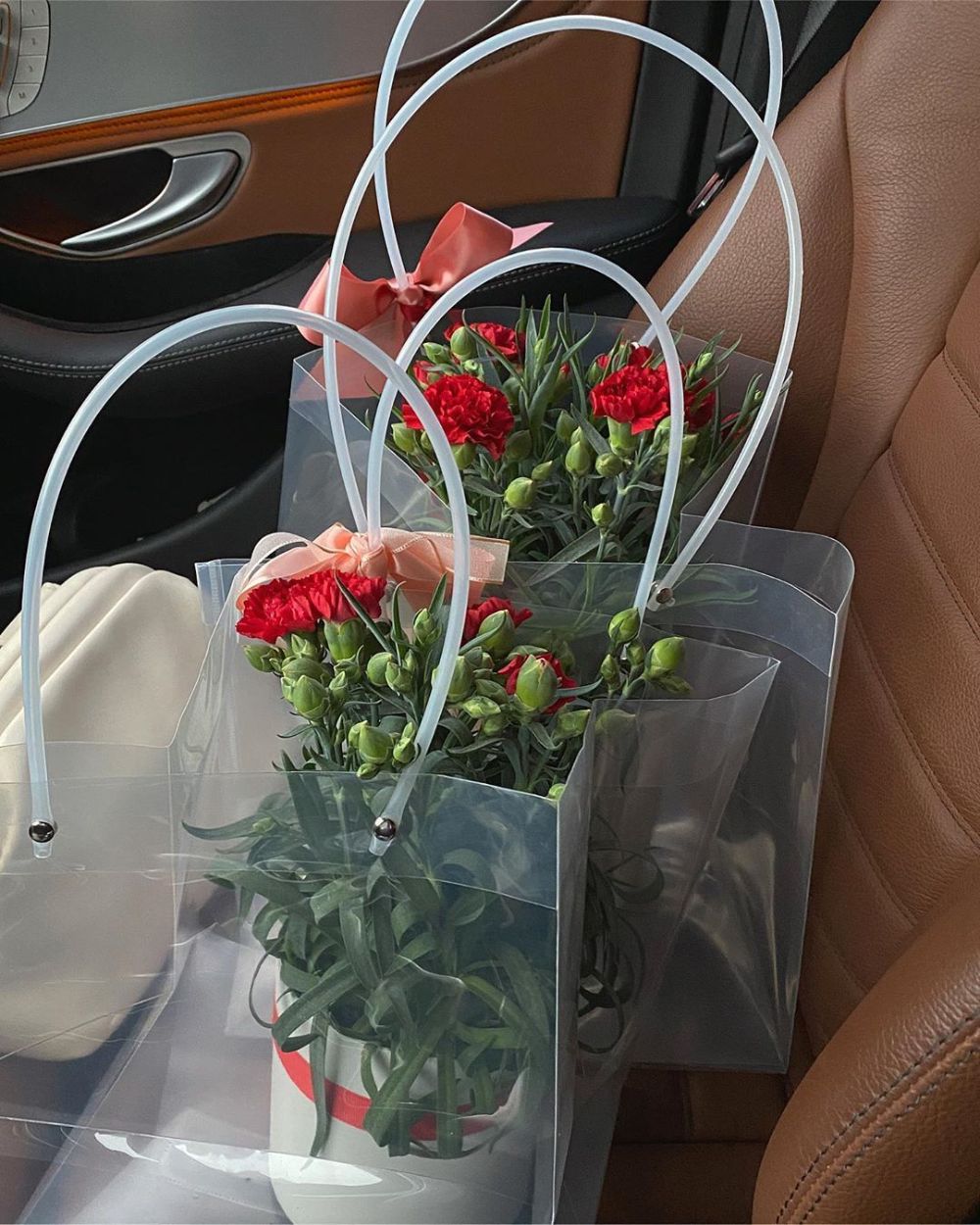Zen in Bloom: Floral Fantasies with the Art of Ikebana
·

·
Imagine a delicate dance of flowers, stems, and leaves, arranged with mindful precision to evoke a sense of peace and balance. This is the essence of Ikebana, where every element speaks softly of harmony and grace. This ancient Japanese art offers a tranquil retreat into the realm of nature’s quiet beauty, with a rich history spanning across seven millennia.

Ikebana, which translates to “living flowers,” is a contemplative practice that transforms the simple act of arranging flowers into a profound expression of nature’s fleeting beauty. Each arrangement is a dialogue between the creator and the natural world, a poetic conversation where lines and shapes weave together in elegant simplicity.
Rooted in Zen principles, it encourages mindfulness and presence at its heart. The art form embraces the idea that beauty exists in imperfection and that simplicity can reveal deeper truths. The three main elements of Ikebana—heaven, earth, and humanity—are represented through the placement of flowers and branches, creating a balanced composition that mirrors the harmony found in nature.

Creating an Ikebana arrangement is akin to composing a piece of music. The flowers are your notes, and the vase your instrument. The placement of each element follows the principles of line, balance, and rhythm, guiding the eye gently through the arrangement. A single branch can evoke a sense of height and aspiration, while a cluster of blossoms might suggest unity and grace.
To embark on your own Ikebana journey, start with a few simple blooms and a vase. Let your intuition guide you as you explore the interplay of space and form. Remember, there’s no right or wrong in Ikebana—only the expression of your unique connection to nature. In this practice, even a single stem can become a meditation on the fleeting, yet eternal, beauty of the world around us.



